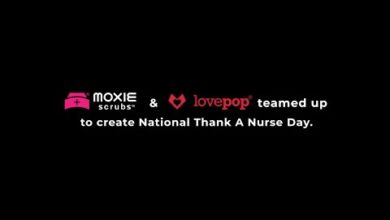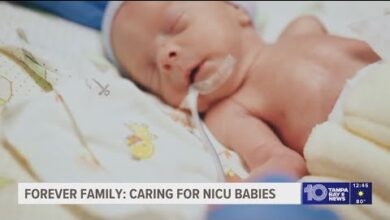‘Gallant’ nurses played a crucial role in Normandy landings during June 1944

With the 80th anniversary of D-Day taking place last month, we have looked through the archive to see how Nursing Times covered the Normandy landings.
Below are excerpts from articles that were published during June 1944, documenting the involvement of nurses in Operation Overlord. As well as making references to the aircraft and ships taking part, earlier invasions in Italy and senior British Army officers, the articles named the first 16 UK nurses to reach France.
D-Day for nurses (Nursing Times, 10 June 1944, page 398)
As we go to press, news of the opening of the second front is coming though, and the preparations which have occupied so long a period are bearing fruit. The invasion cannot but bring its train of casualties and nursing work. Those who are privileged to help will be only too anxious to do so, whether it be on land, at sea or in the air. At Anzio and Salerno, the Queen Alexandra (QA)Imperial Military Nursing Service (QAIMNS) sisters quickly followed the landing parties.
Two months ago, General Sir Roland Adam said: “These gallant women of the QAIMNS are working much farther forward than they have ever done in previous wars. The difference to the morale of the soldier is very great.”We hope that by the time these words appear in print, there will already be such well-established landings that nursing sisters will be helping to set up their temporary hospitals across the Channel.
Home from the beachheads to the care of English nurses: Nurses on the job (Nursing Times, 17 June 1944, page 416)
Carrying bunches of scarlet poppies, picked in the Normandy fields, five American nurses returned from the battle zone, with three loaded Dakotas of wounded. Within sight and sound of enemy artillery, with demolition squads detonating land mines around them, these nurses cared for their patients on the landing strips, then saw them safely into the planes for the journey home.
Another 50 American nurses are now established on the beachhead, where English nurses hope soon to join them. The ‘QAs’ are, at present, giving valuable service on hospital carriers, many of which do the outward journey with the decks loaded with tanks and guns. On the homeward journey, however, each carrier is a complete hospital ship, carrying a removable operating theatre, blood transfusion equipment and tubes of penicillin.
Enter the QAs (Nursing Times, 24 June 1944, page 430)
On General Montgomery’s orders, “not to rush the ladies over too soon”, the first unit of English Army nurses has only just reached Normandy, but the QAs will soon be as integral a part of the 21st Army, as they are of the Fifth and Eighth. Meantime, many of the service have spent busy days – and nights – on this side of the Channel, meeting the wounded on the quays and nursing them in hospital trains.
Invasion stop press (Nursing Times, 24 June 1944, page 430)
As we go to press, the names of the 16 English nurses who live in tents, pitched in a Normandy orchard, have just reached us; all are members of the QAIMNS Reserve. Sisters-in-charge are Miss KM Crago and Miss WL Aldwinkle, and sisters Miss S Sapsford, Miss AM Thompson, Miss B Morgatroyd, Miss M Stewart, Miss FM Sands, Miss MKE Lovette, Miss GM Thomas, Miss M Morris, Miss S Griffiths, Miss DM Johnson, Miss JM Moor, Miss MA Whiteford, Miss N Cutts and Miss E Maclennan. Good luck to them as they move forward with the invasion troops!
Nursing Times Archive
With Nursing Times’ online archive of its print issues, subscribers can dip into the history of nursing at the touch of a button and discover how it has changed over the decades. Each issue’s stories, features and even advertisements give a fascinating insight into the profession and much more. Representing over 100 years of nursing history, the Nursing Times Archive starts with the very first issue of the magazine, which was published on 6 May 1905. This great resource can be accessed directly from our website.
To start exploring, visit: nursingtimes.net/digital-archive







